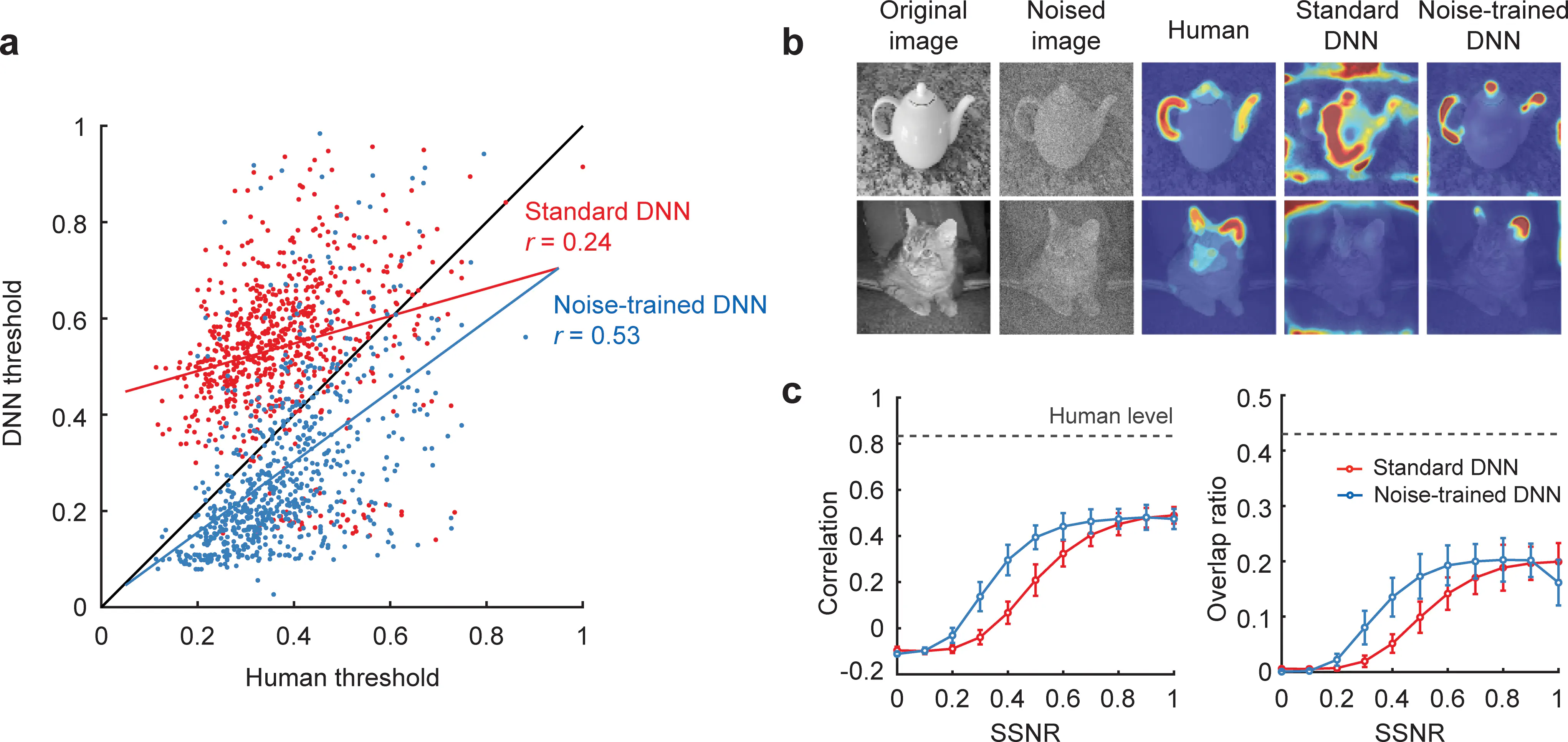Human-Machine Cognition

Recent advances in deep learning have enabled novel approaches to the study of human cognition. By systematically comparing human and machine cognitive systems, we gain a deeper understanding of the computational principles underlying complex, high-level cognition. This understanding becomes increasingly important as machine systems become integral to daily life.
Exploring how simple sensory experiences transform into complex thought processes is both a fascinating and challenging endeavor. This includes understanding object relationships, interpreting and expressing emotions through facial expressions, navigating busy streets while reading signs for contextual and semantic information, and appreciating the aesthetic value in art and nature. In an era where deep learning models are argued to mimic or even surpass human cognitive abilities, it is of scientific interest to investigate whether these models behave similarly or fundamentally differently. Our recent efforts have focused on comparing how machines and humans deal with noise, providing insights into how the brain might manage uncertainty (Jang et al., PLoS Biology, 2021).
Although there are many aspects to this comparative approach in studying human and machine cognition, our particular interests include:
- Illusion
- High-level reasoning
- Contextual and semantic understanding
Image from Jang et al., PLoS Biology, 2021